Martha Jefferson Randolph (1801–1809)
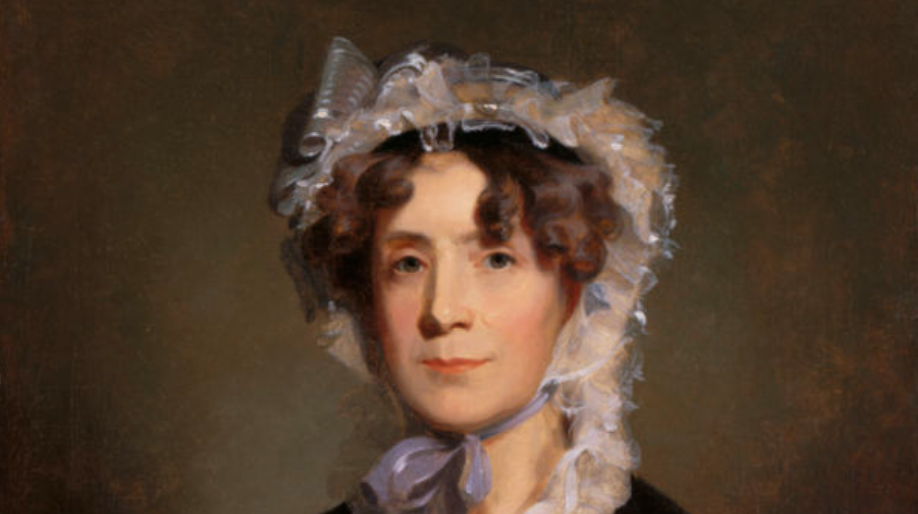
Martha Wayles Skelton Jefferson, the wife of Thomas Jefferson, died of ill health during the Revolutionary War and didn’t see her husband become the third President of the United States. Their daughter, Martha Randolph, acted as the First Lady for nine years, assisted by Dolley Madison, a family friend and future First Lady.
Ellen Wilson (1913–1914)
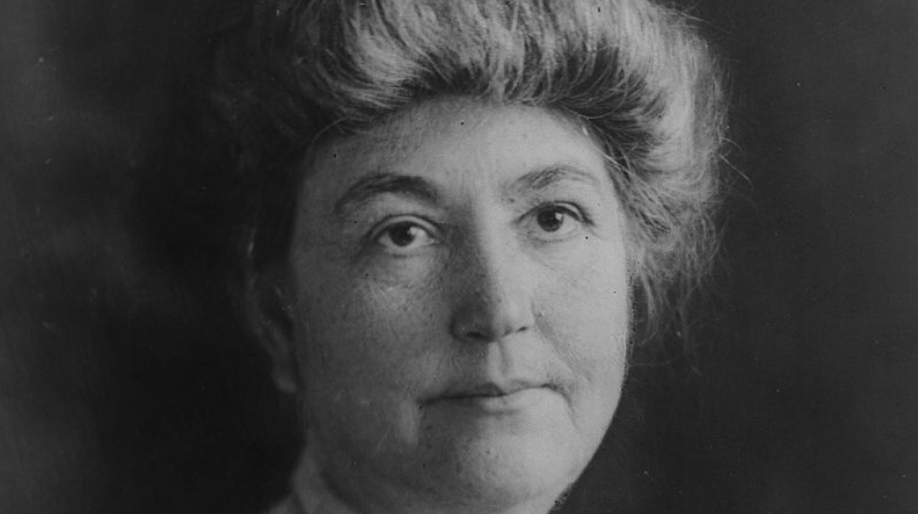
Ellen Wilson, the wife of President Woodrow Wilson, was praised for her charity work as First Lady. She sadly, and suddenly, died of Bright’s disease at the White House in August 1914, spoiling her shot at a legacy she deserved. The following December, President Woodrow Wilson remarried to Edith Bolling Galt
Mary Lincoln (1861–1865)
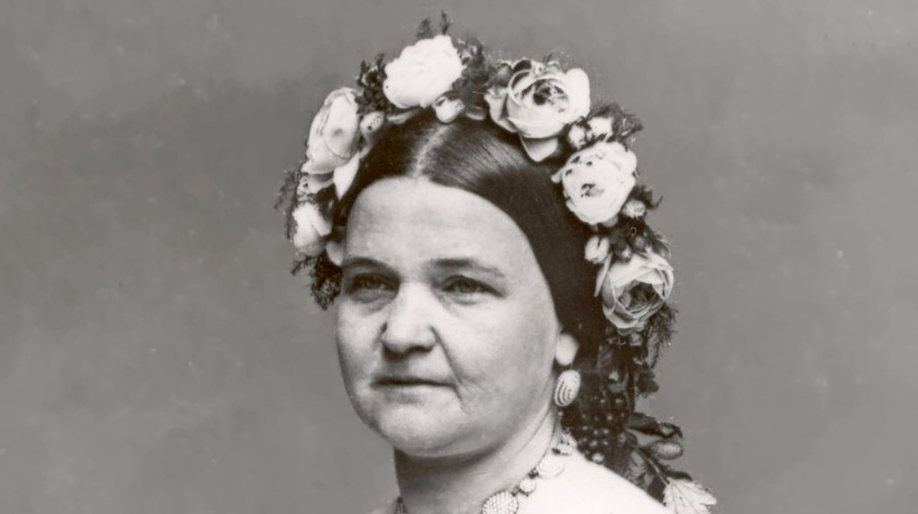
Abraham Lincoln may get all the credit for ending the slave trade but Mary Lincoln was the true abolitionist. She entered the White House following a string of family tragedies, most notably the death of two sons. Mary doesn’t have the greatest reputation as a First Lady, which is a shame given her circumstances.
Angelica Van Buren (1838–1841)
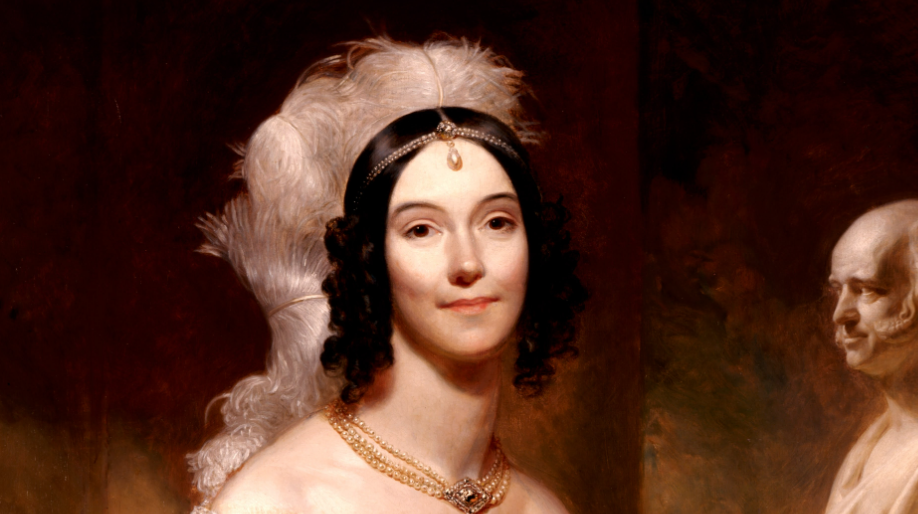
Because Martin Van Buren never remarried after his wife, Hannah, died in 1819, his daughter-in-law Angelica filled the role of first lady when he became president. Presiding over many receptions and social gatherings, Van Buren eventually grew irritable and a nuisance, losing trust in the American public.
Eliza Johnson (1865–1869)

After marrying Andrew Johnson, Eliza provided her husband with a formal education. One rumour even has it that she taught him how to read and write, though it remains unsubstantiated. Eliza committed herself to charitable causes and was respected by the public.
Letitia Tyler (1841–1842)
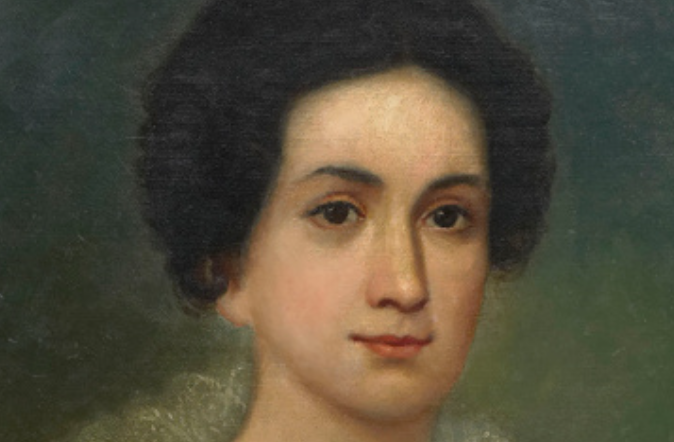
Letitia Tyler was never much of a politician, choosing instead to represent her country with good old-fashioned poise and charm. She died of a stroke in September 1842, becoming the first person to die while serving as First Lady in the United States. She is remembered as an unselfish, kind-hearted stateswoman.
Elizabeth Monroe (1817–1825)
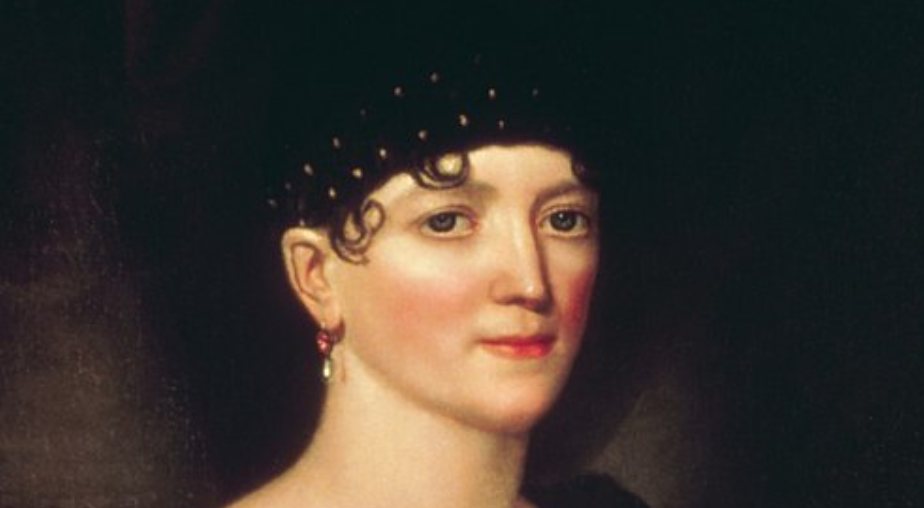
Like a lot of people of that time period, Elizabeth Monroe suffered consistent bouts of poor health throughout her adulthood, especially when she became the First Lady. It wasn’t unusual for her daughter to step in and do the hosting herself. Still, her reputation was solid among Americans.
Louisa Adams (1825–1829)
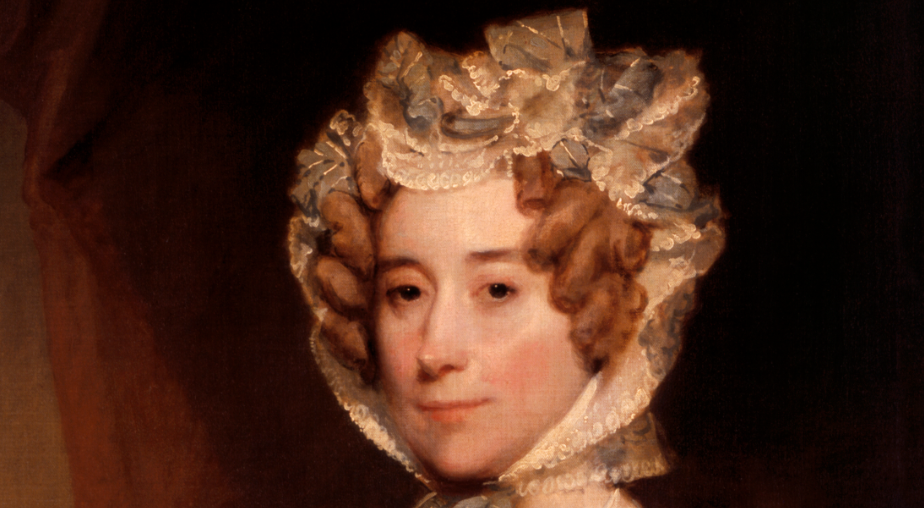
Born in England and raised in France, Louisa Adams became the First Lady of the United States in 1825 after marrying John Quincy Adams. It was a union marred with unhappiness and strife but Adams always seemed happy in her role. She remained the only foreign-born FL until 2017 when Melania Trump burst onto the scene.
Melania Trump (2017–2021)
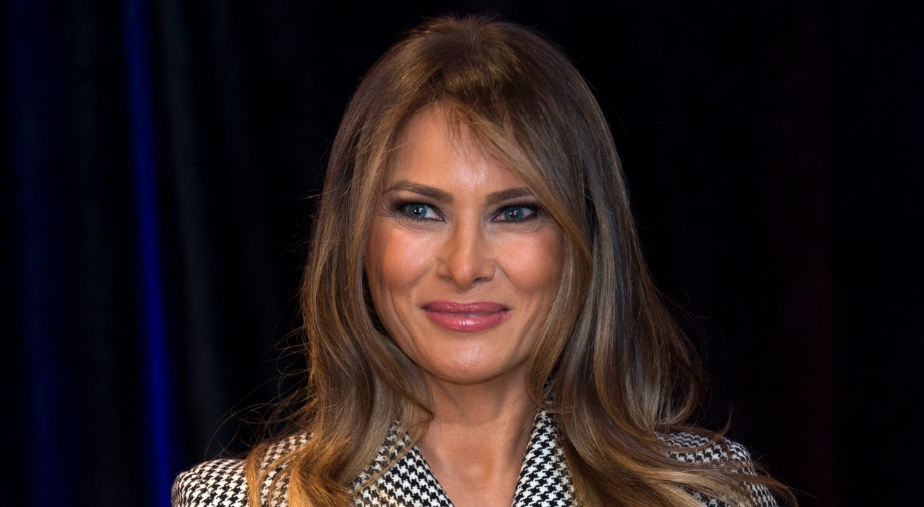
Melania Trump took a less active role as First Lady than her predecessor, Michelle Obama, but she managed to escape with a fraction of the criticism levelled at her husband. Mainly, Melania just liked to smile and wave and decorate the White House whenever Christmas rolled around.
Helen Taft (1909–1913)
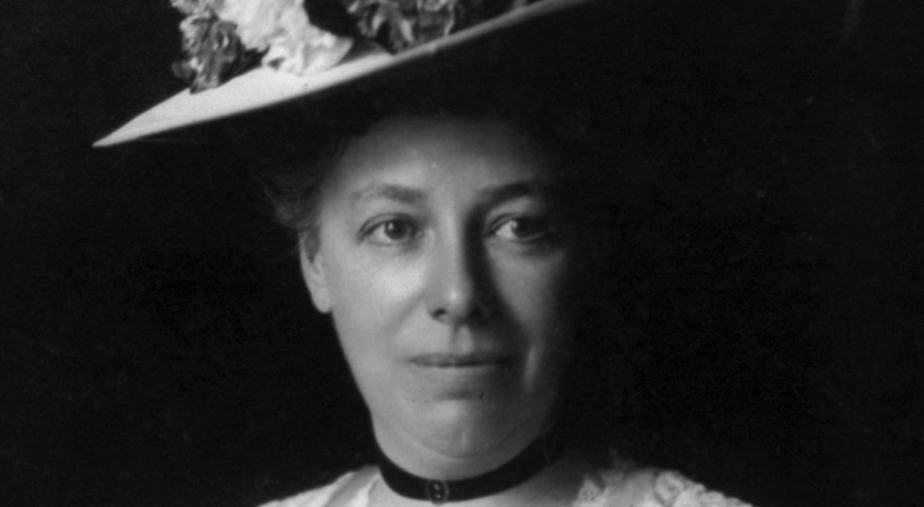
Helen was no shrinking violet, appearing before the public against her will or desire. She’d convinced her husband, William Taft, to run for president. She intended to have an active role within the government but was thwarted by a stroke early into the first term. She continued to speak out for civil rights and feminism.
Julia Tyler (1844–1845)
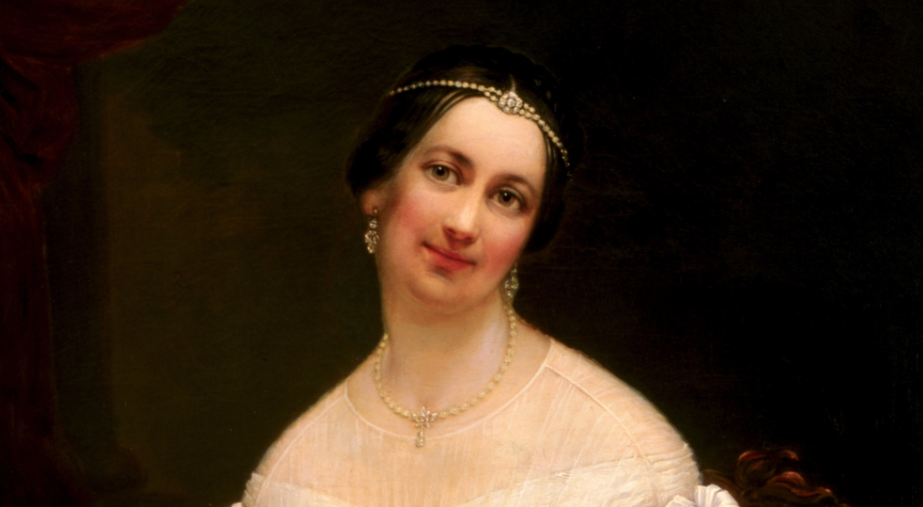
Julia Tyler, the second wife of President Tyler, had a lot more oomph and lust for life than her predecessor, serving eight vibrant months in the role of First Lady. Coming from a well-off family from Long Island, Julia is remembered as a keen socialite and devoted wife.
Mary McElroy (1881–1885)
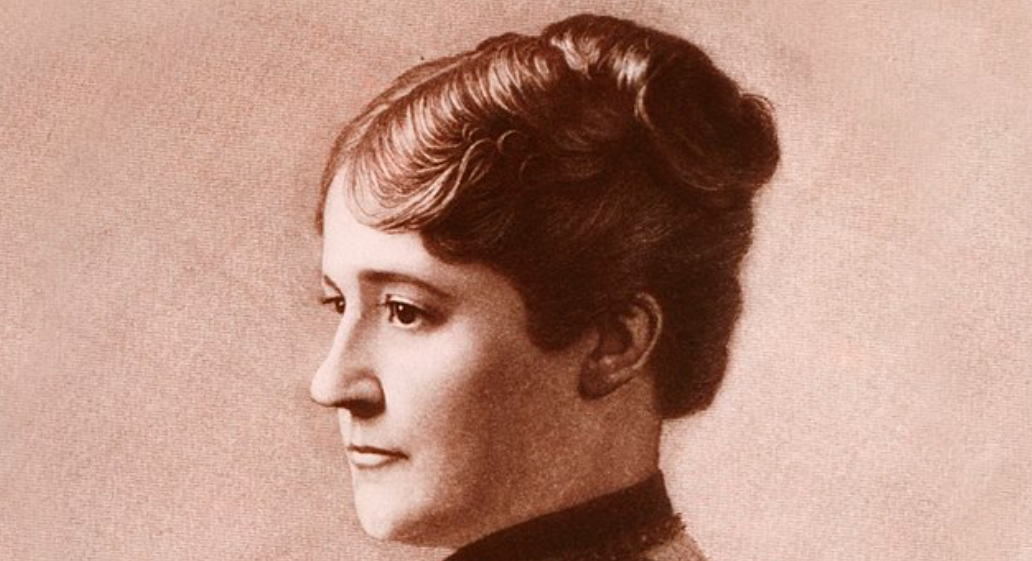
Prior to entering office, President Arthur’s wife Ellen died suddenly, leaving the position of First Lady open. He decided to give the honor to his sister Mary, who was happy to oblige. Despite being known for her shyness, she turned out to be a popular hostess, with receptions that impressed and converted sceptics.
Caroline Harrison (1889–1892)
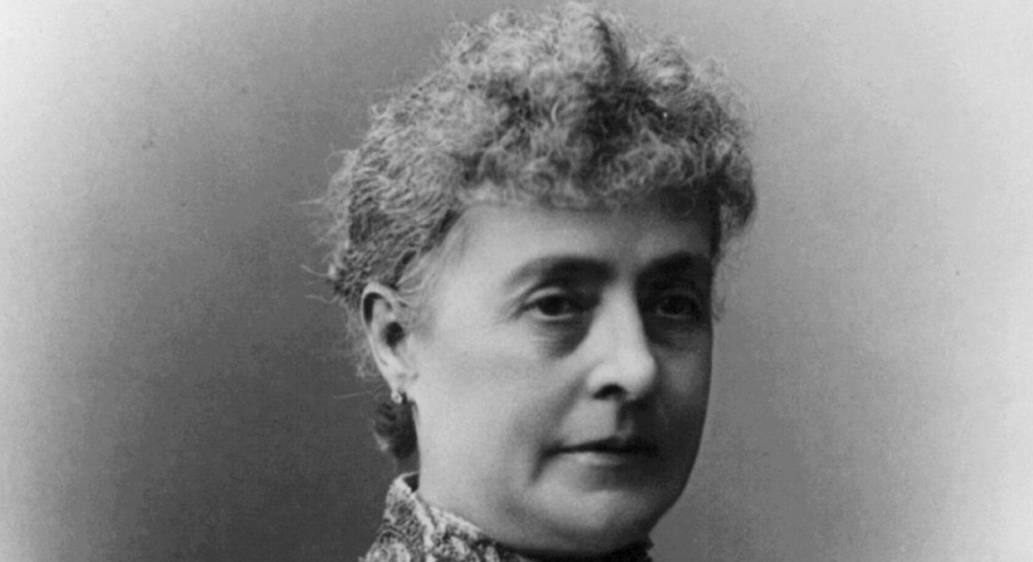
Caroline Harrison was some First Lady, alright. During her tenure, she essentially refurnished the entirety of the rotting White House and even helped install electricity. But Caroline should be remembered most for her pioneering work with women’s rights and education.
Abigail Filmore (1850–1853)
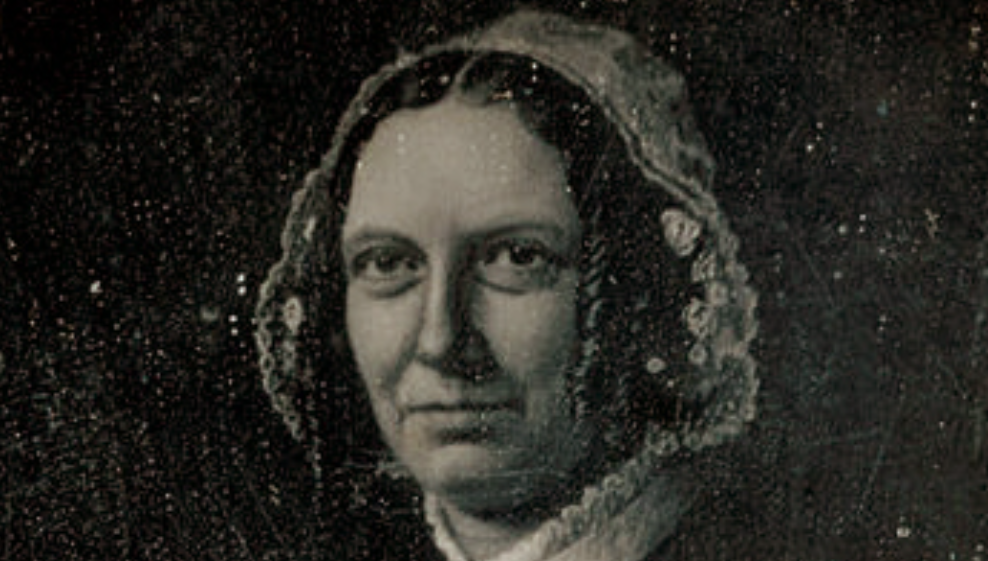
Abigail Filmore only had one prerequisite when it came to living in the White House: there had to be books. Filmore’s love of literature was a profound one and it led to her creation of the White House Library. Next time you’re browsing the paperbacks of 1600 Pennsylvania Avenue, thank Abigail.
Bess Truman (1945–1951)
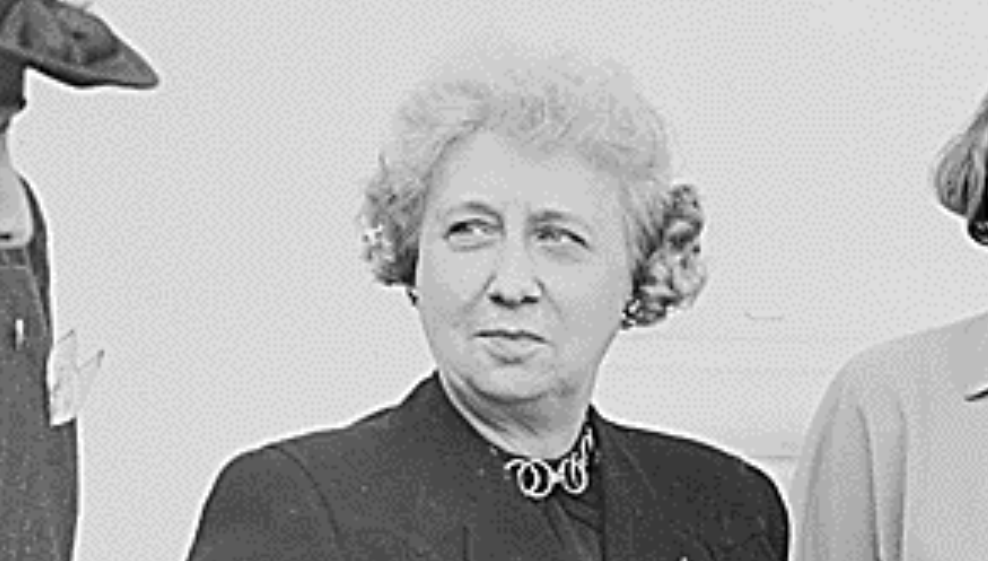
Bess Truman was a private woman uninterested in the drama or expose of being America’s First Lady and preferred to live in Missouri rather than the capital. Nevertheless, she was respected for her advice and clarity on the tough subjects her husband, President Truman was tasked with.
Lou Hoover (1929–1933)
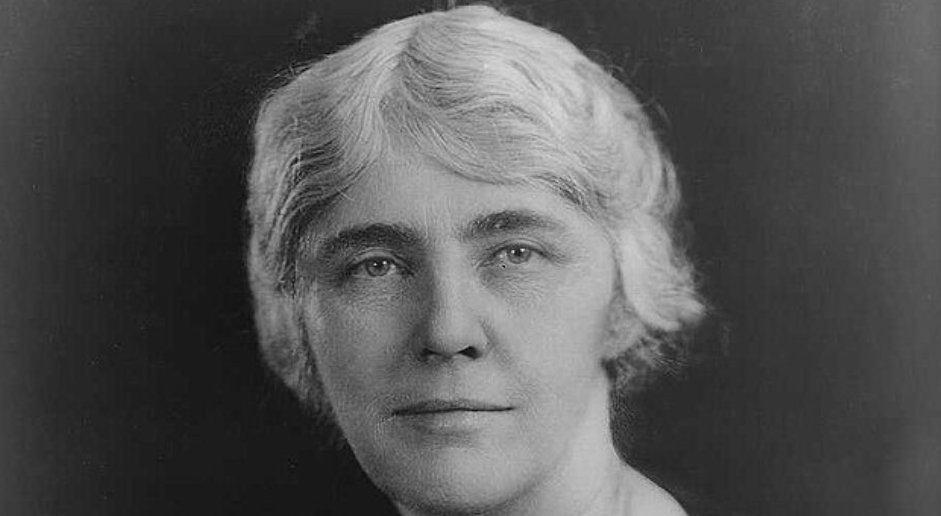
Lou Hoover was highly educated, possibly more than her husband. Fluent in six languages, she was a vocal supporter of women’s rights in America and did her best to move the cause forward as First Lady. During the Great Depression, she was known for her charity work.
Julia Grant (1869–1877)
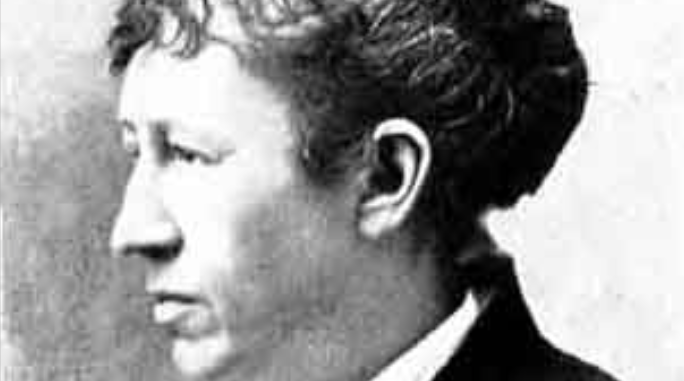
Julia Grant kept up appearances and then some. Perhaps no other First Lady in history has ever taken the “lady” bit as seriously as Grant. Dressed to the nines at all times, public and private, she was known to be a welcoming and thoughtful host when visitors would swing by the White House.
Edith Roosevelt (1901–1909)
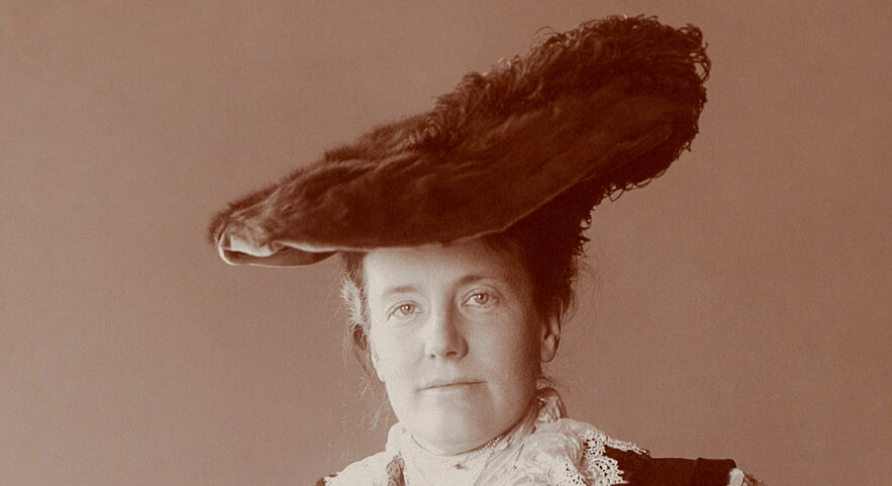
One of society’s darlings long before she ever stepped foot in the White House, Edith Roosevelt wanted to add a bit of class to the officious and solemn Washington DC. And she did she succeed? Yes. Her social events were second to none according to guests. Oh, and she also helped Teddy broker peace in the Russo-Japanese war.
Sarah Polk (1845–1849)
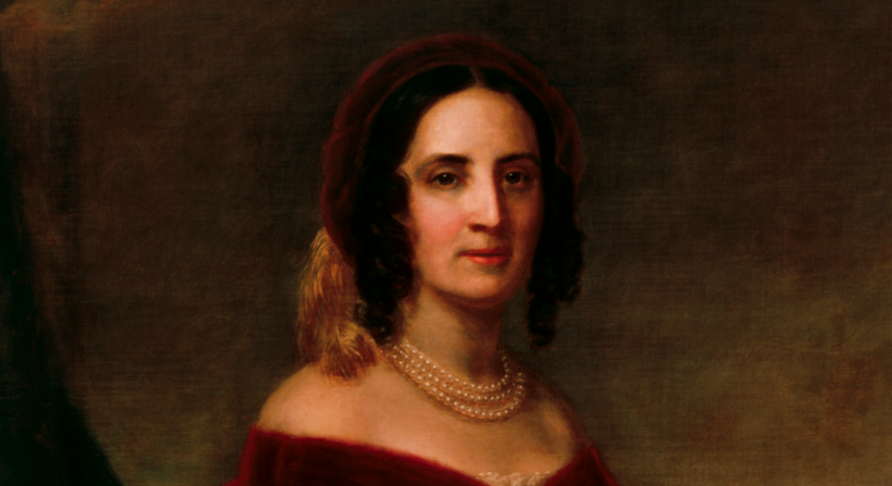
Wife to the 11th President of the United States James Polk, Sarah was intelligent and good-humoured in her role as First Lady. She was also an important advisor to her husband. Devoutly religious, she wasn’t one for lavish White House parties but her charm made up for it.
Frances Cleveland (1886–1889/1893–1897)
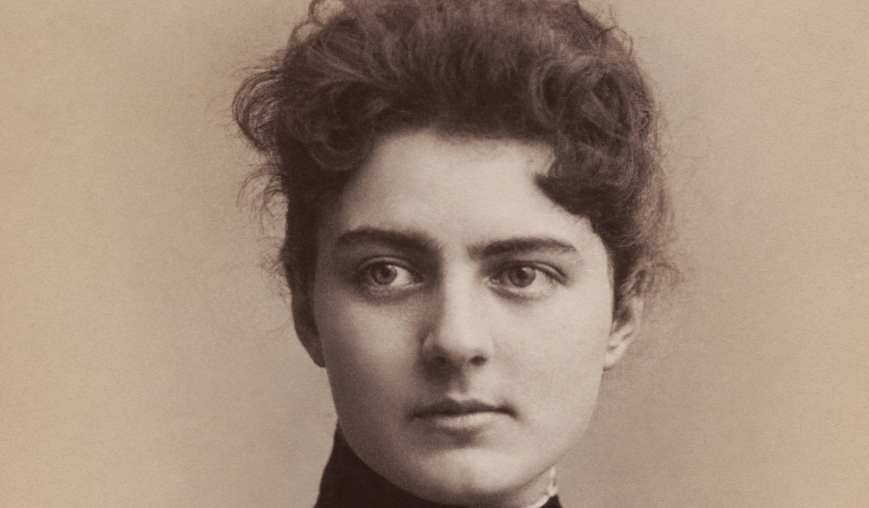
Those bracketed years say it all. Frances Cleveland was an extremely popular First Lady. The first to ever really achieve celebrity status. A brilliant hostess and doting wife to hubby, Grover, Frances was one of the first female figures in politics to attract voters of both major parties.
Florence Harding (1921–1923)
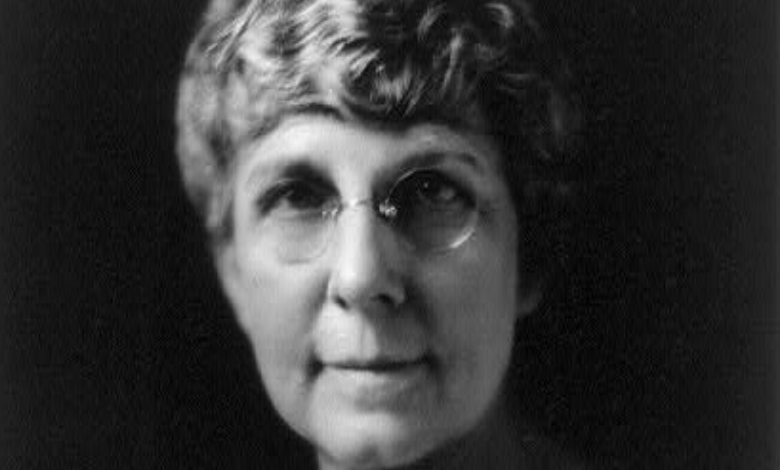
Florence Harding was a stellar First Lady, even if she was rumoured by some to have killed her husband Warren G. Harding. Incredibly erudite and intelligent, Harding didn’t shy away from making her opinions heard, including those on women’s and civil rights and the welfare of veterans.
Hillary Clinton (1993–2001)
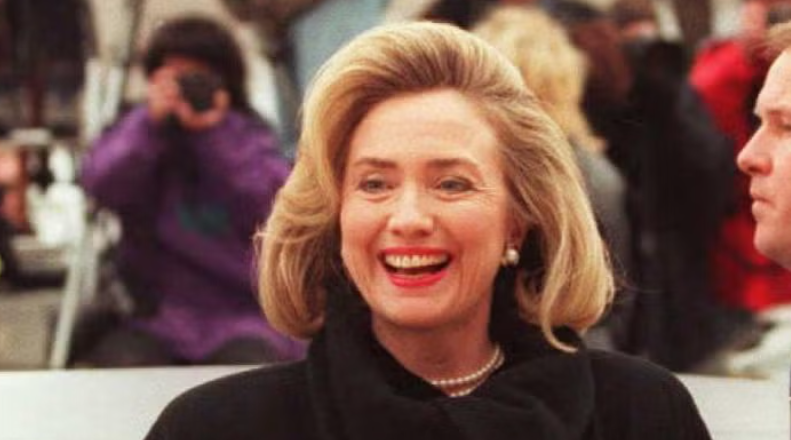
Hillary Clinton was a bit of a divisive figure in the first term of her husband Bill’s presidency. Public opinion softened with the Monica Lewinsky scandal. Clinton, instead of lashing out and divorcing her college sweetheart, conducted herself remarkably considering the level of humiliation.
Rosalynn Carter (1977–1981)
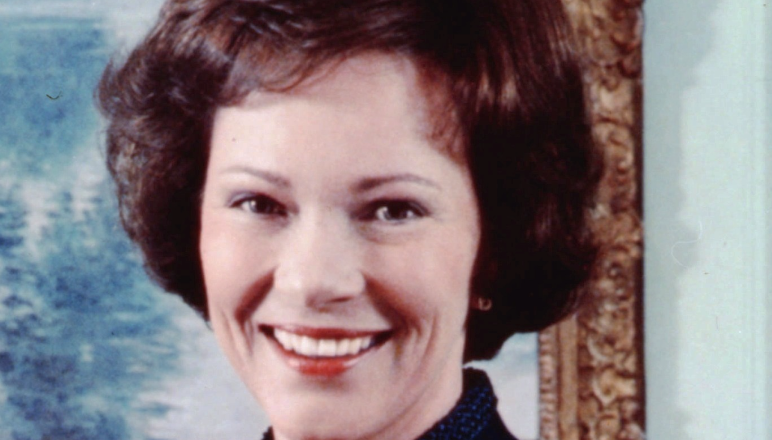
Admired for being a “steel magnolia”, Rosalynn Carter may have been more popular than her husband Jimmy in some circles. One of the most remarkable things about Rosalynn is her attitude to mental health issues at a time when people suffering from them were dismissed as crazy.
Lucy Hayes (1877–1881)
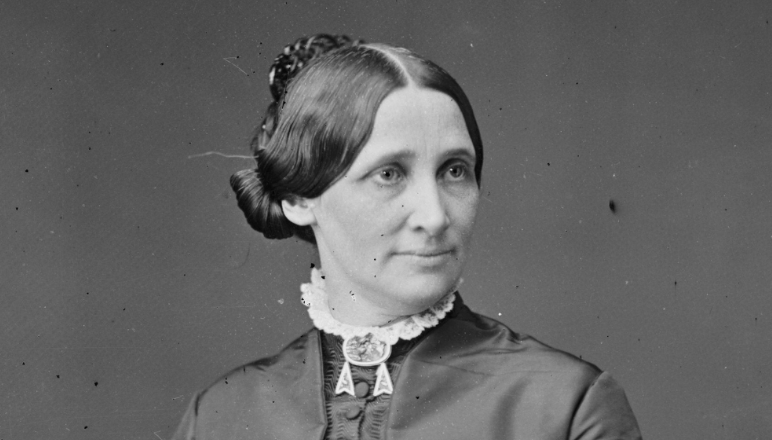
Lucy Hayes was known (and mocked) for her teetotal lifestyle, with many thinking it directly conflicted with her position as First Lady and hostess. Lucy preferred to spend her time donating to charity and helping those in need rather than organising lavish parties in the White House.
Lady Bird Johnson (1963–1969)
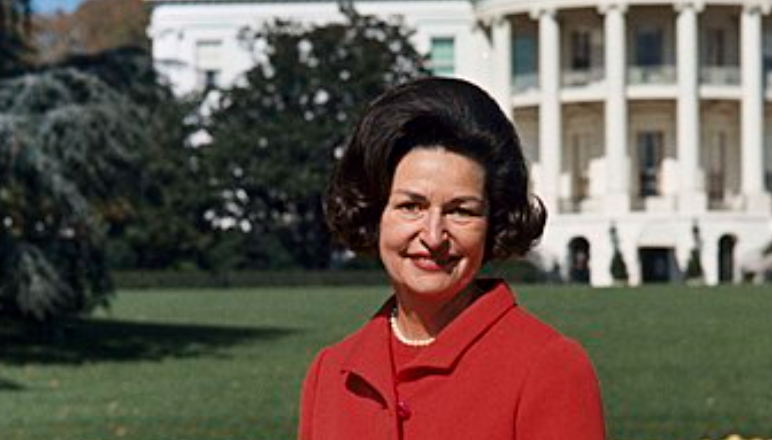
Following Jackie Kennedy was always gonna be tough but Lady Bird Johnson did a fine job of it. A staunch campaigner for equal rights and liberty, she also quietly bankrolled Lyndon B. Johnson, her husband’s career don’t you know. Pour one out for one of the United States’ greatest First Ladies.
Nancy Reagan (1981–1989)
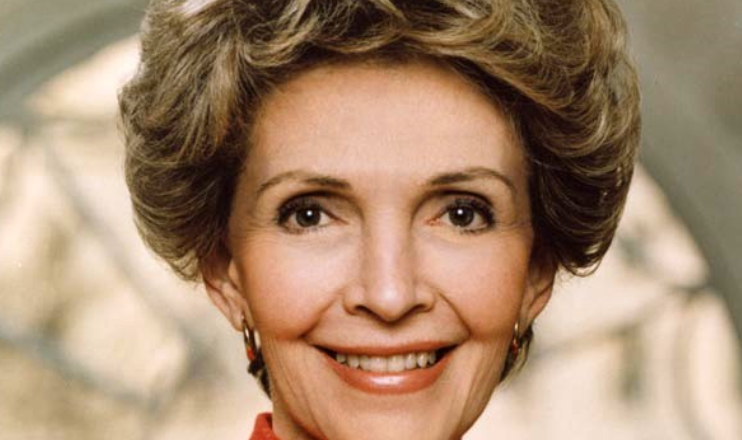
Nancy Reagan was a ride-or-die wife, devoting her career to husband Ronald during his two terms as president. Slated for her vulgar taste and White House renovations, her hosting skills became legendary throughout the 1980s. She even managed to impress the Gorbachevs.
Mamie Eisenhower (1953–1961)
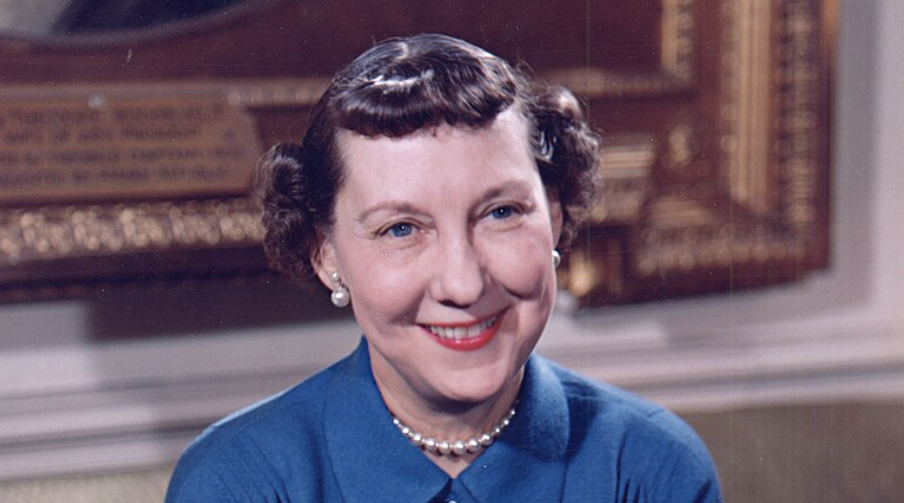
Mamie Eisenhower will always be remembered as the military wife who shone as a hostess and homemaker. Among her best traits, were her thirst for hospitality throughout the White House and, believe it or not, making fudge. Mamie didn’t care for politics or implementing change. Just fudge. And there’s a nobility in that.
Edith Wilson (1915–1921)
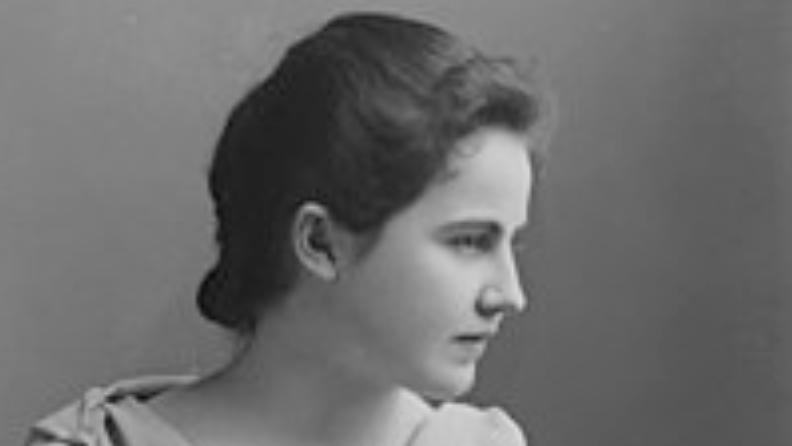
Edith Wilson is sometimes referred to as The First Female President. Why? Because when hubby Woodrow took ill in 1919, she basically stepped up and covered him. She met with cabinet members and did his paperwork; she kept the US running at a very fraught time. She remains a fan favorite when it comes to First Ladies.
Grace Coolidge (1923–1929)
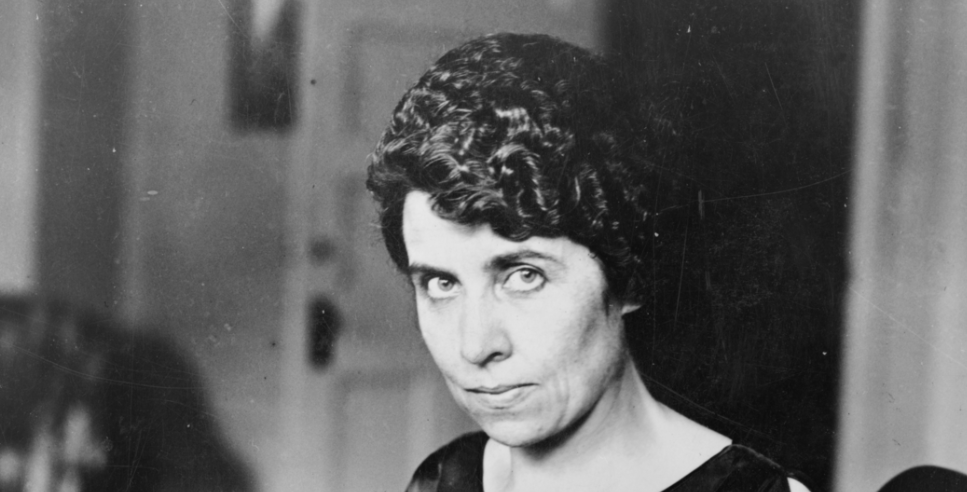
If you wanted a good time in the 1920s you’d have better prayed for an invite to one of Grace Coolidge’s shindigs. Her hostess skills were second to none during her tenure as First Lady. Calvin Coolidge’s wife was interested in politics but she was more devoted to teaching the deaf and disabled. What a woman.
Pat Nixon (1969–1974)
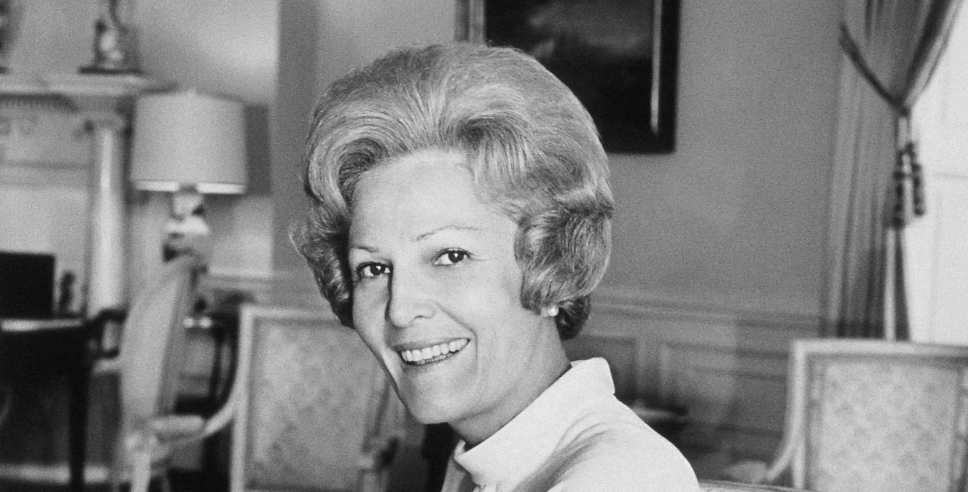
Yeah, okay, Pat Nixon was the wife of Richard Nixon, and Richard Nixon was that crook who resigned in shame and so on and so forth, but let’s not overlook her work as First Lady. Pat travelled the globe helping earthquake victims in Peru, for example. She improved relations in China. She campaigned for access for the disabled!
Michelle Obama (2009–2017)
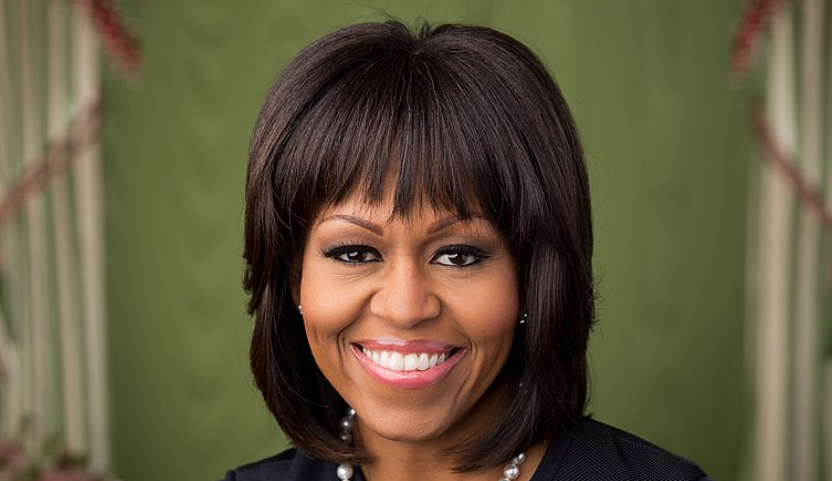
Being the first African-American First Lady alone cemented Michelle Obama’s place in history. The fact she happened to be a great human was a bonus. Michelle was so popular as First Lady beside Barack when his two terms came to an end, Democrat voters wanted her to run for president.
Martha Washington (1789–1797)
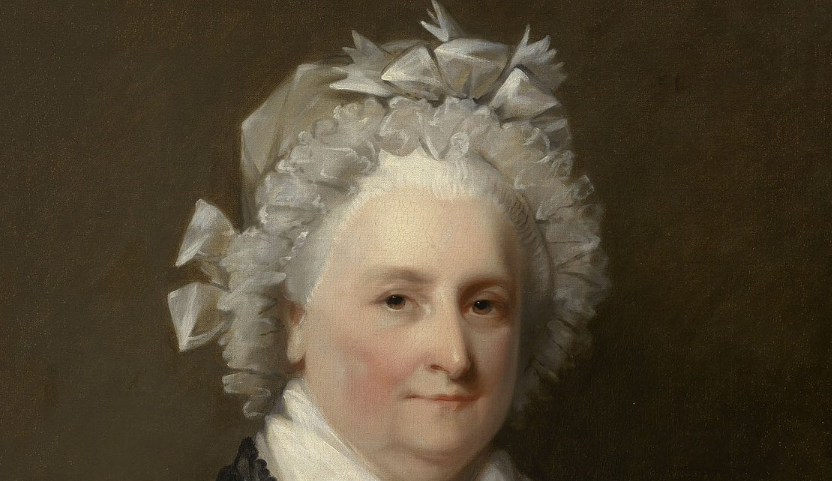
Martha Washington didn’t want to be the First Lady as she felt it confined her to a box, but she went along with it anyway and what a First Lady she turned out to be. Martha was said to be a success with guests and press alike, never allowing herself to be swept up by the prestige.
Barbara Bush (1989–1993)
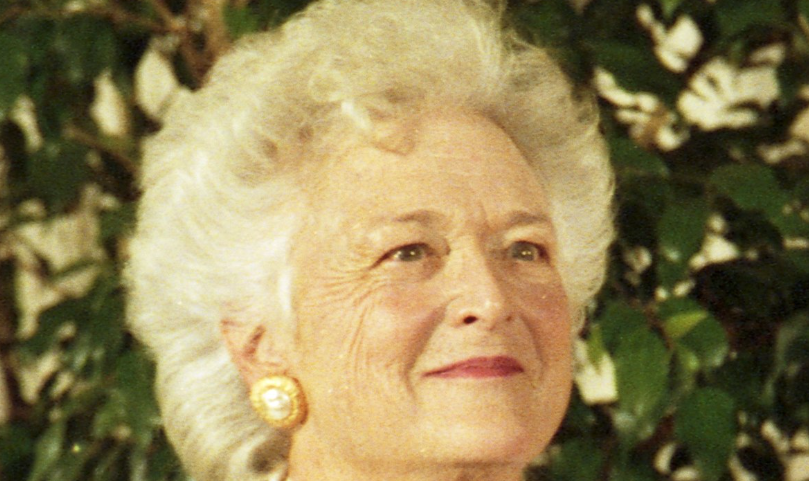
Barbara Bush was traditional but she could dish it out when she had to. About as loyal as they come maternally, she championed literacy perhaps more than anything, inspired by the dyslexia of her son Neil. Loved by White House staff and (one-half, at least) of the public, Barbara made the most of her one and only term.
Laura Bush (2001–2009)
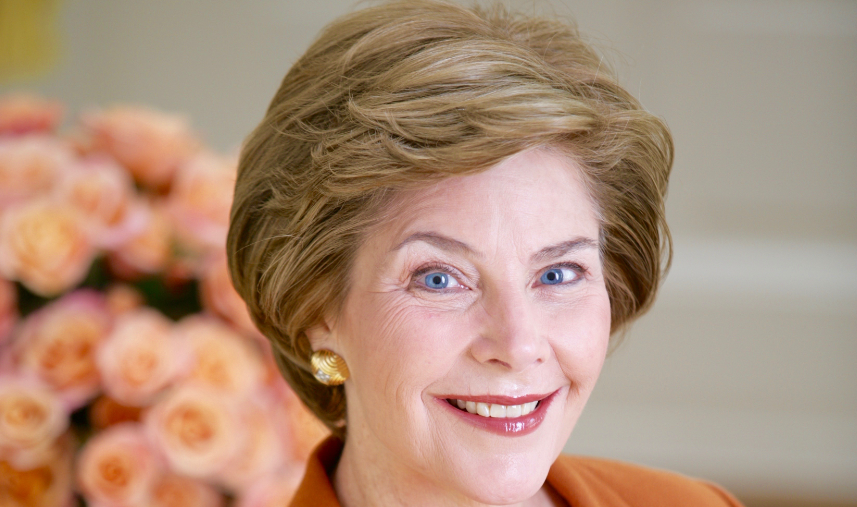
Laura Bush was in a sticky situation as First Lady, given how polarizing her husband and President George was. Instead of tackling anything close to what he was, Laura campaigned for reading and women’s rights, especially for those in Afghanistan, where feminism of any sort was desperately lacking.
Harriet Lane (1857–1861)
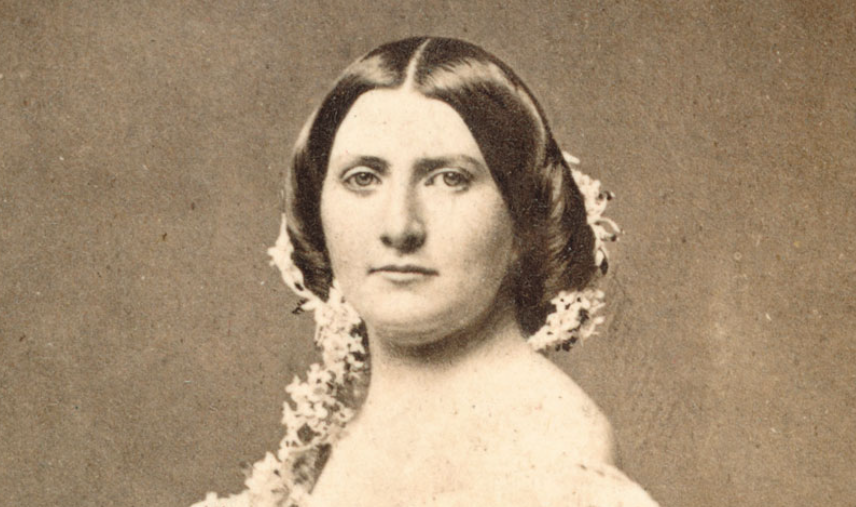
Described as the first of the modern First Ladies, Harriet Lane was just 27 years of age when her uncle, the “lifelong bachelor” James Buchanan, bagged the presidency in 1857. She is one of 11 women who have served as First Lady without being married to the president. A gracious host, Harriet’s public rep was phenomenal.
Betty Ford (1974–1977)
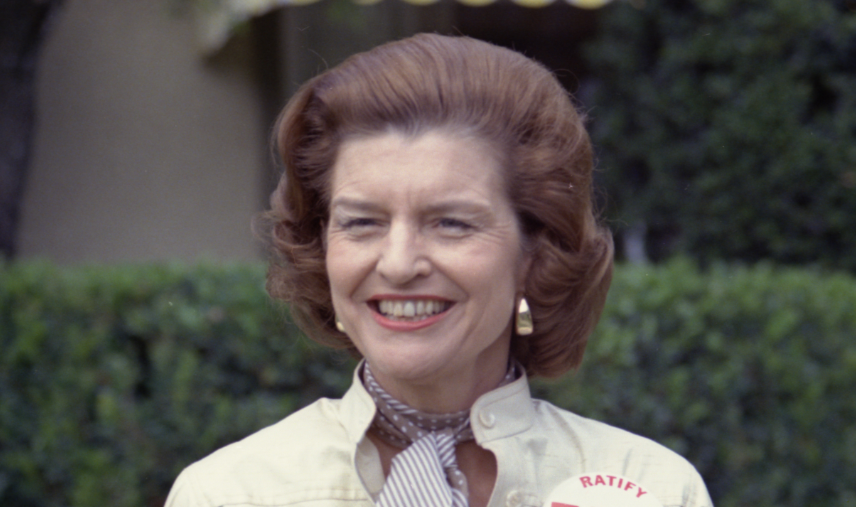
You may not know much about Betty Ford but you’ll have heard of the rehabilitation center opened with her namesake. On top of working with substance abuse patients, Betty also encouraged women to get mammograms for breast cancer, a topic that was previously taboo.
Dolley Madison (1809–1817)
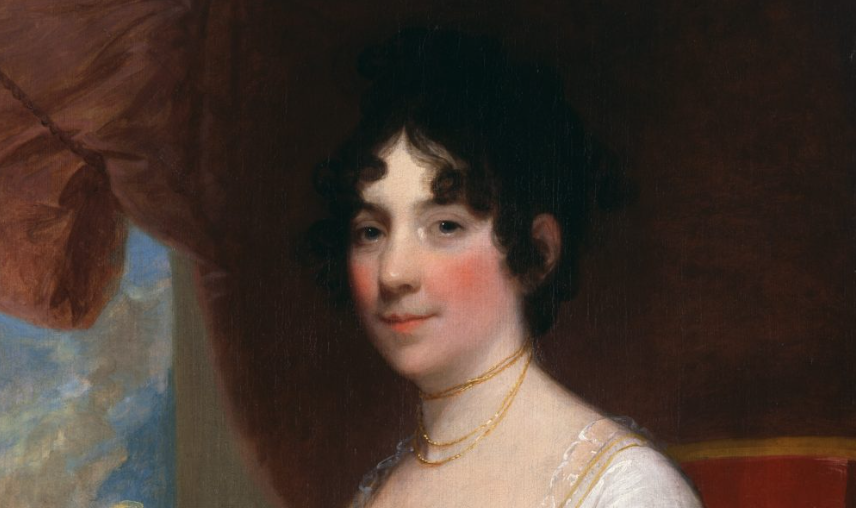
If there’s anyone who could work a room it was Dolley Madison. Revered by her friends, and envied by her haters, this First Lady had it all: wit, charm and courage. Did you know it was Dolley Madison who was responsible for saving the famous Stuart portrait of George Washington? You do now.
Jackie Kennedy (1961–1963)
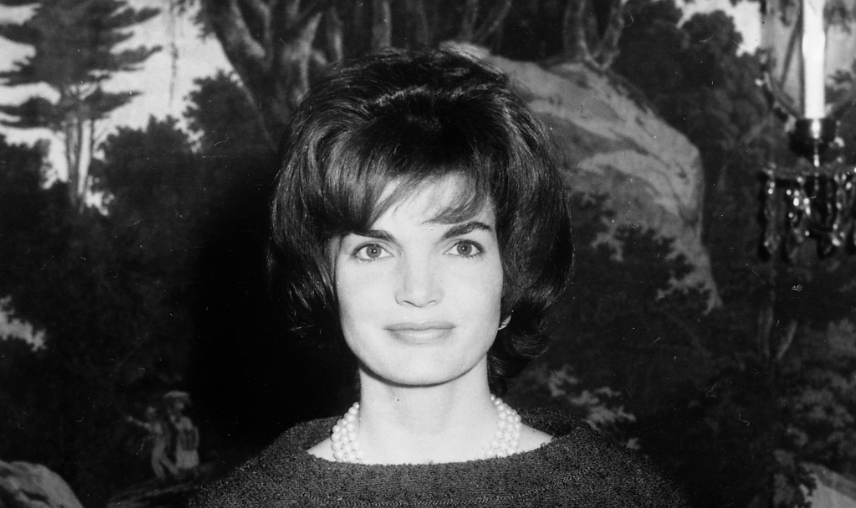
Multilingual, cultured and stylish, Jackie Kennedy was adored in her super-short stint as First Lady before the tragic murder of her husband President John F Kennedy. Pre-dating Princess Diana by twenty years, it was Jackie who broke the mould when it came to female public figures of duty. Everyone loved her, and she loved them.
Abigail Adams (1797–1801)
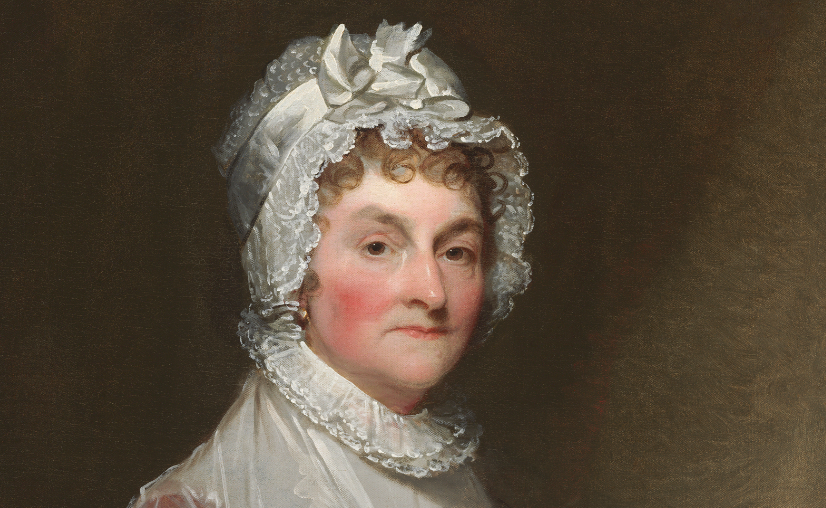
Known as “Mrs President” thanks to being an intellectual powerhouse, Abigail Adams was right there in the thick of political decision-making, pushing for women’s rights no matter how little her husband cared. Letters show just how much Abigail’s influence impacted her John Adams’ tenure and how strong their love was.
Eleanor Roosevelt (1933–1945)
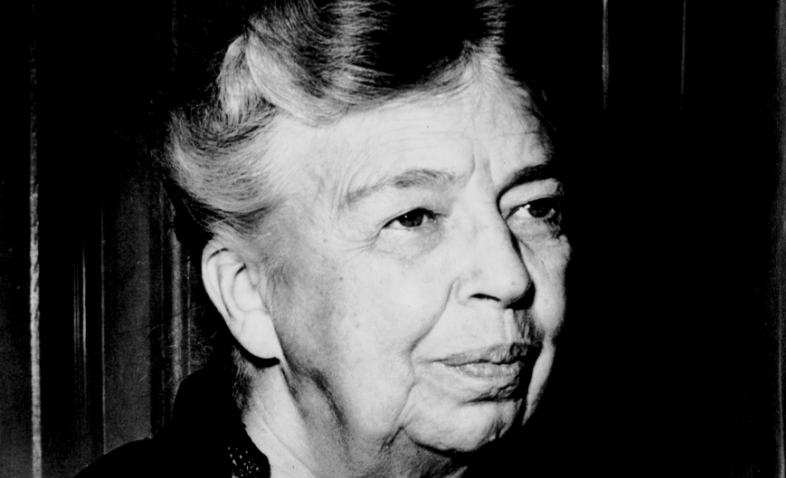
Remembered in death as the First Lady of the World, Eleanor Roosevelt isn’t just one of the most important First Ladies of all time, or women, but one of the most important Americans, too. One of her greatest moves was having women-only press conferences which forced newspapers to hire women.